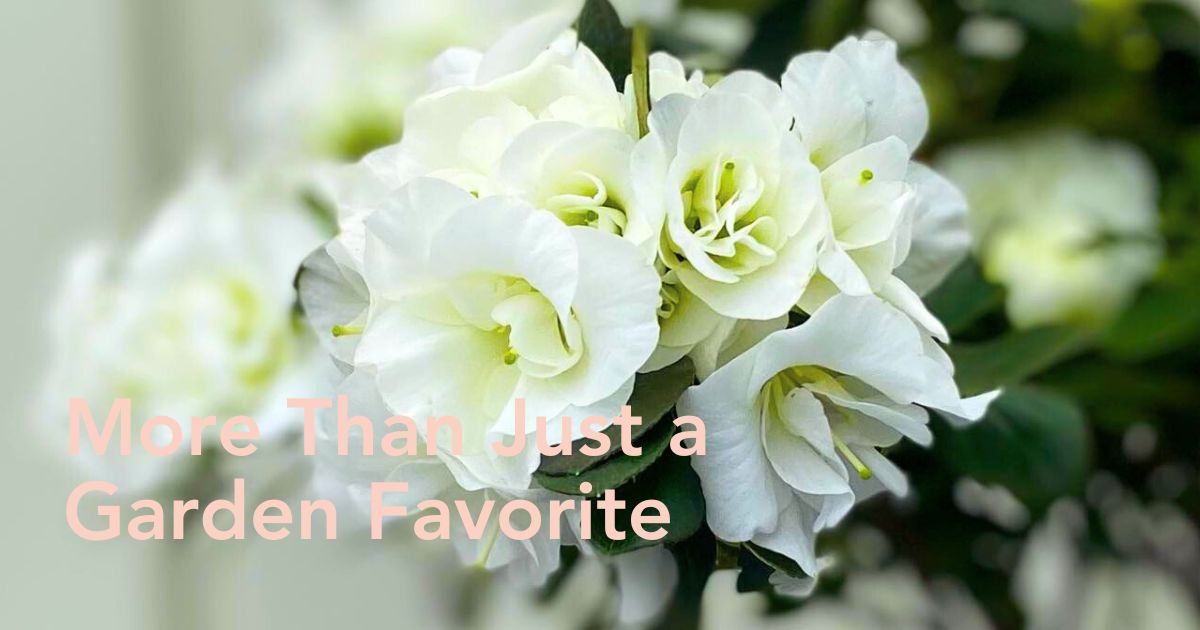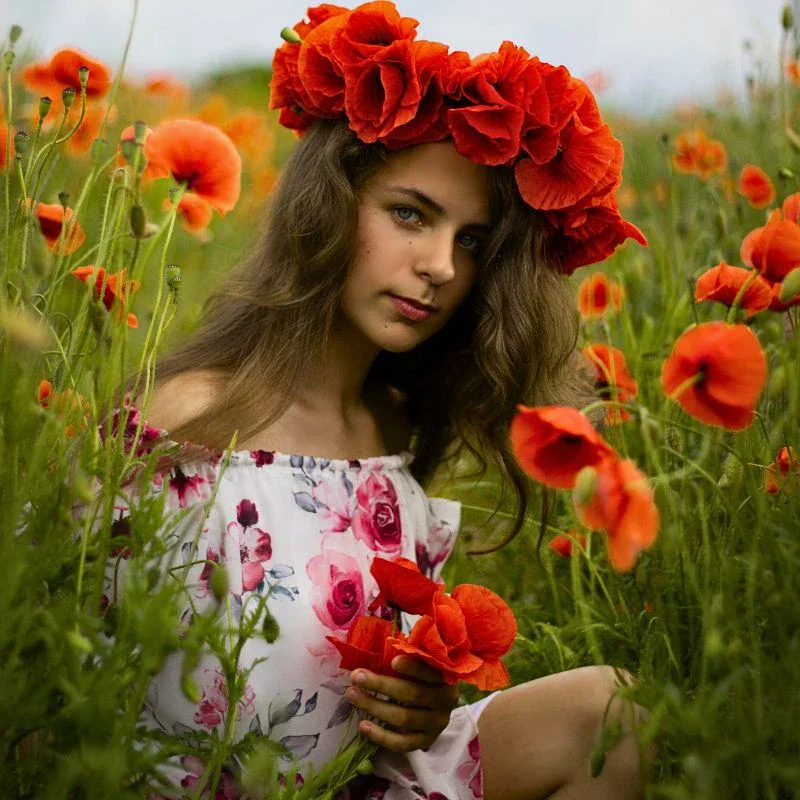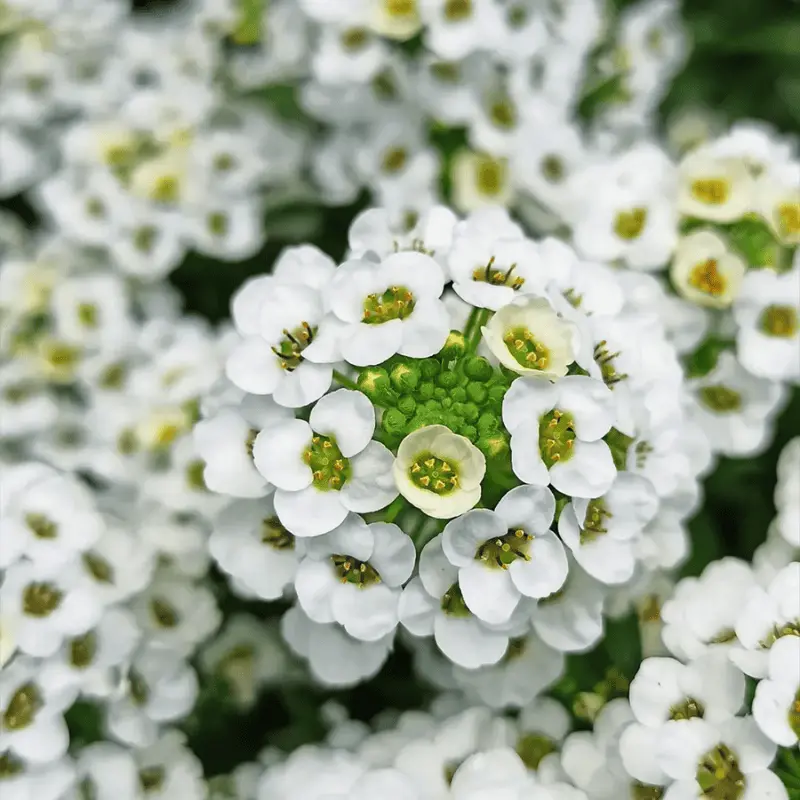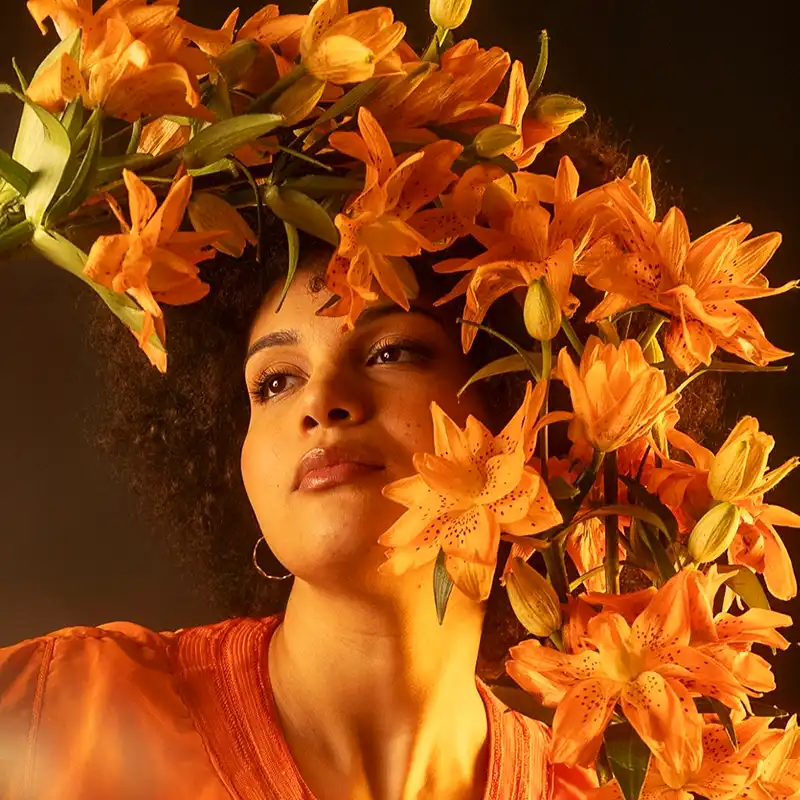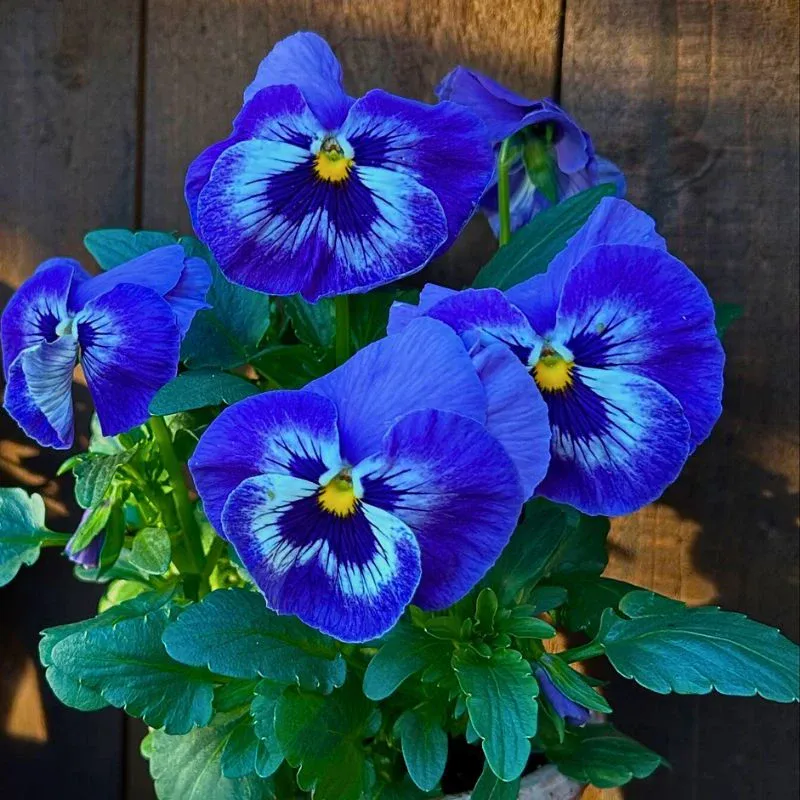Funnel-shaped, sort of two-lipped, and often slightly fragrant, not many flowers embody an essence quite like the Azalea. Its flowers often erupt in volcanic spurts of crimson, pink, white, peach, orange, yellow, and even purple—a cue to the spring season’s vigor. With its abundant clusters of flowers, the azalea flower is more than just a garden favorite—it is a mix of meaning, myth, and cultural significance.
With their colorful petals unfurling, these magnificent flowering shrubs carry within their understated frames the weight of millions of years of evolutionary finesse and the accumulated wisdom of civilizations that valued their being. If you’ve ever wondered what this flower really means or, perhaps, sought to unravel the azalea flower’s spiritual meaning, then there is quite a lot that you would want to learn about it. Read further!
(If you don't want to read the complete article, the meaning of the azalea flower centers around elegance, femininity, and a deep sense of emotional care. Widely celebrated across cultures, azaleas symbolize abundance, fragile beauty, and the importance of home and family. Whether gifted in love, remembrance, or celebration, this flower carries heartfelt symbolism perfect for aesthetic gardens and meaningful floral design.)
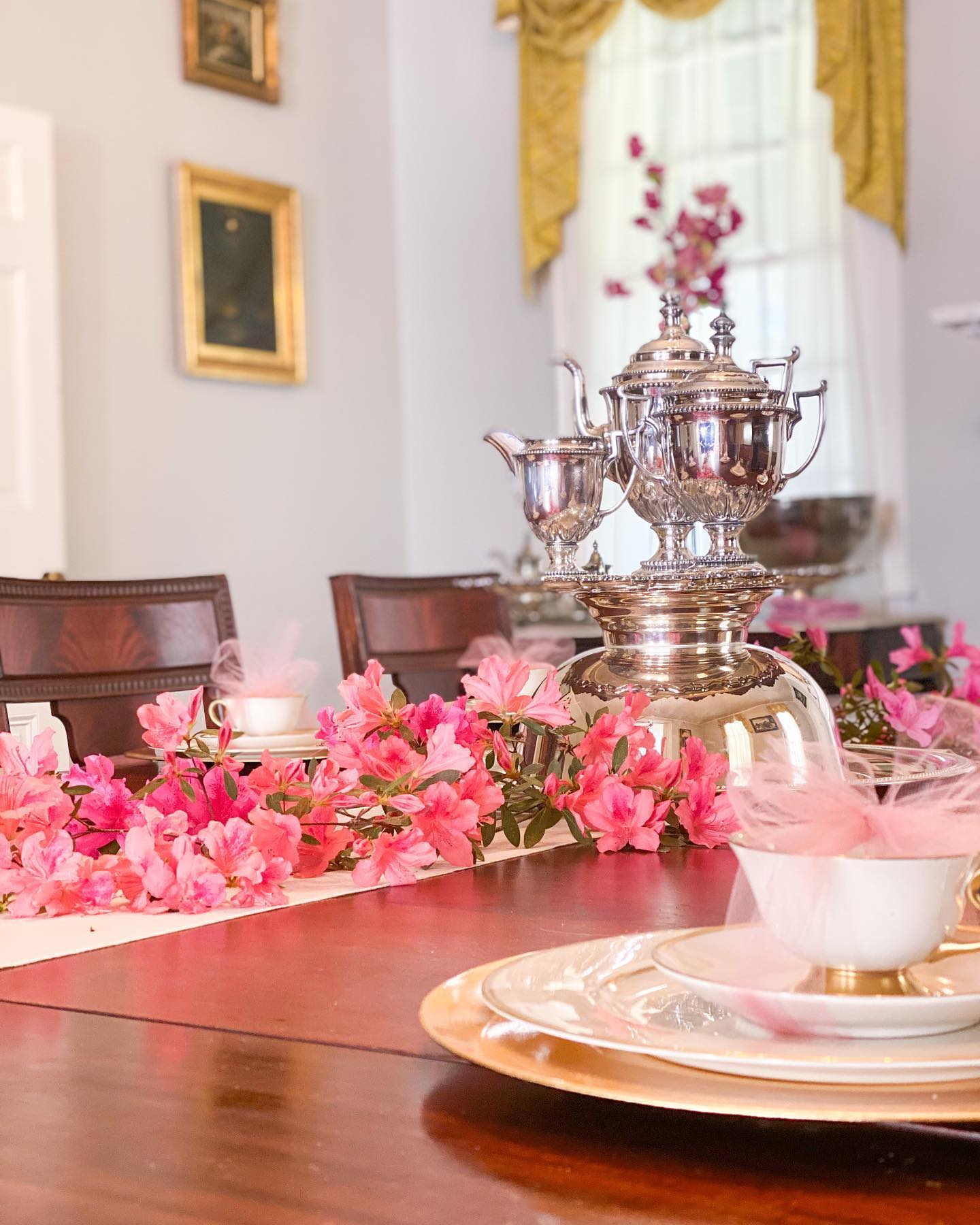
Azalea Flowers’ Botanical Background, Origins, and Habitats
To begin with, the azalea flower (Rhododendron mucronulatum) belongs to the genus Rhododendron, specifically to the sections Tsutsusi (evergreen) and Pentanthera (deciduous). Native to the mountainous regions of Japan, China, Europe, and North America, azaleas are shade-loving shrubs that erupt into bloom in spring.

Where Does Azalea Originate From?
Essentially, these flowers’ natural habitats range from the misty slopes of the Himalayas to the temperate forests of the southeastern United States, where they thrive beneath the dappled canopies of ancient trees. The Callaway Gardens, an impressive 2,500-acre complex nestled in the beautiful Georgia countryside (in the Appalachian Mountains), is, in fact, touted to be home to the world’s largest azalea display and one of North America’s biggest butterfly conservatories!
Where Does the Name Azalea Come From?
The azalea plant's name derives from the Greek word 'azaleos,' meaning dry, likely referring to the woody branches that support these spectacular blooms. This seemingly contradictory nomenclature—a ‘dry’ plant that produces such lush, moisture-laden flowers—perfectly summarizes the flower’s symbolic dichotomy of restraint and abundance, temperance and passion.
The unique characteristics that distinguish azaleas from their rhododendron cousins further increase their symbolic weight. Unlike other rhododendrons that produce multiple blooms per stem, azaleas have one flower per stem, but the shrub produces so many stems that it appears covered in flowers. This gives each bloom an individual spectacle of beauty and meaning. The singular focus mirrors the azalea flower's spiritual meaning of mindful attention, plus the appreciation of individual moments of grace.
Azaleas have been cultivated for centuries, with thousands of cultivars developed for their diverse forms and colors. Their flowers, often lasting several weeks, come in a spectrum of shades of, as noted, white, pink, red, purple, and yellow. Each hue adds a new level to the meaning of the azalea. The flowers are typically five-petaled, though some varieties may display up to seven, joined at the base in a delicate, funnel-shaped embrace. In gardens and woodlands, they generally transform the settings into varied palettes of color.
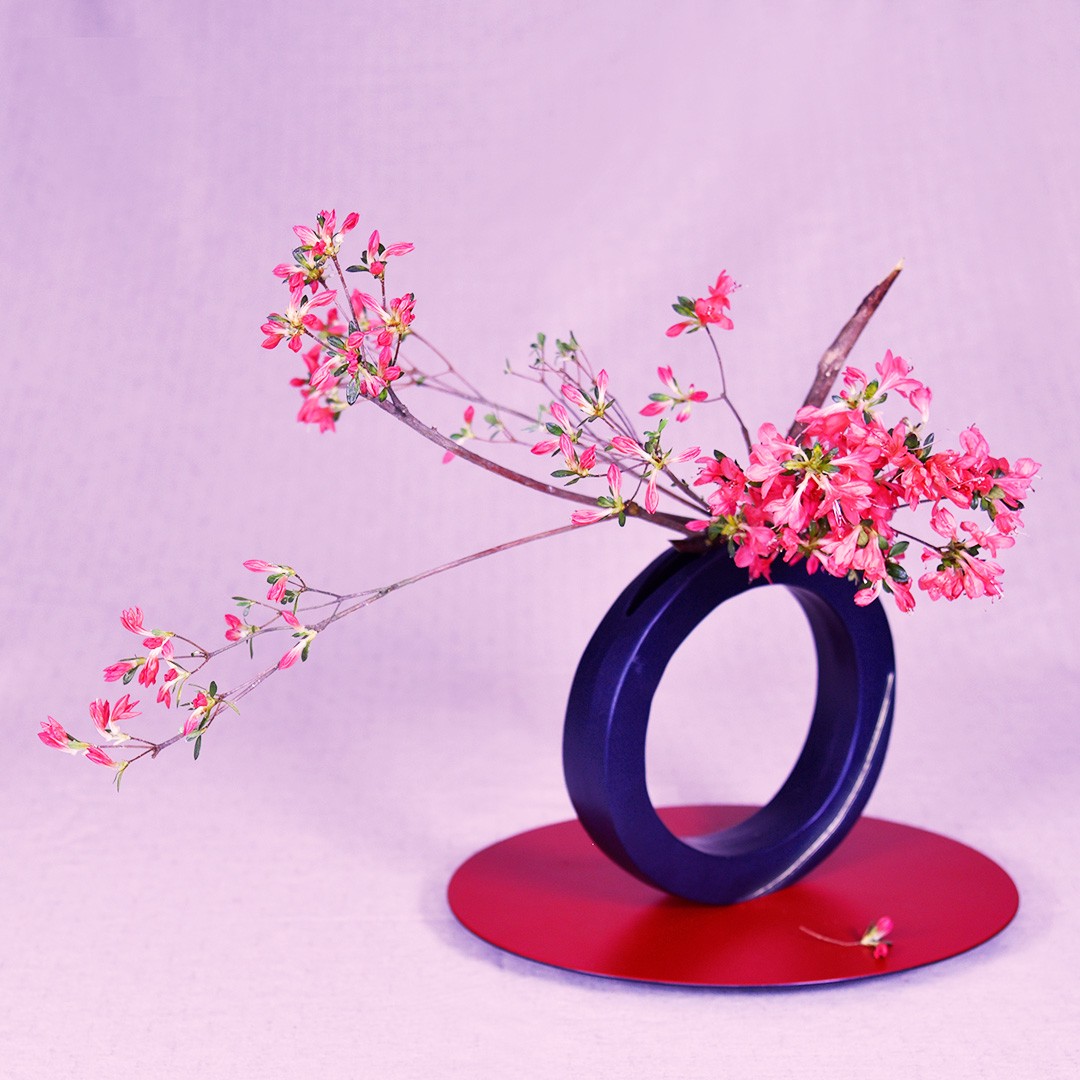
The Rich Symbolism and Meaning of Azalea Flowers
So, what is the meaning of azalea flowers? Well, the answer is just as many-sided as the flower itself, shaped by centuries of myth, culture, and personal sentiment. Across continents and eras, the azalea flower’s meaning has evolved, yet certain themes remain ever-present: beauty, elegance, resilience, and renewal.
Above all, azalea flowers are symbolic of beauty, grace, and aesthetic delight. Their opulent, colorful blossoms delight the eye and lift spirits; thus, they are symbols of admiration and appreciation for the marvels of nature. In ancient Greece, they adorned altars and festive gatherings, signifying grace and festivity. The Victorians had a love of floral language and saw azaleas as tokens of refined elegance and femininity.
Elsewhere, in China, the azalea flower's meaning is intimately tied to love and fragile passion, and womanhood. Known as the ‘thinking of home bush,' they appear in classical poetry as symbols of longing and delicate affection. Their association with feminine beauty and affectionate emotion has made it a favorite motif in literature and art even across Asia. Still in China, the azalea is also seen as a symbol of elegance and wealth, often gracing homes and public spaces during festive occasions.
Even more, few flowers exemplify resilience quite like the azalea. Despite harsh weather, pests, and disease, these flowers return year after year in a triumphant rush of color. This, perhaps, is the kind of resoluteness that has made the azalea flower's spiritual meaning one of persistence and inner strength. As harbingers of spring, they also symbolize renewal and new beginnings, their magnificent flowers heralding the end of winter and the promise of brighter springtime days.
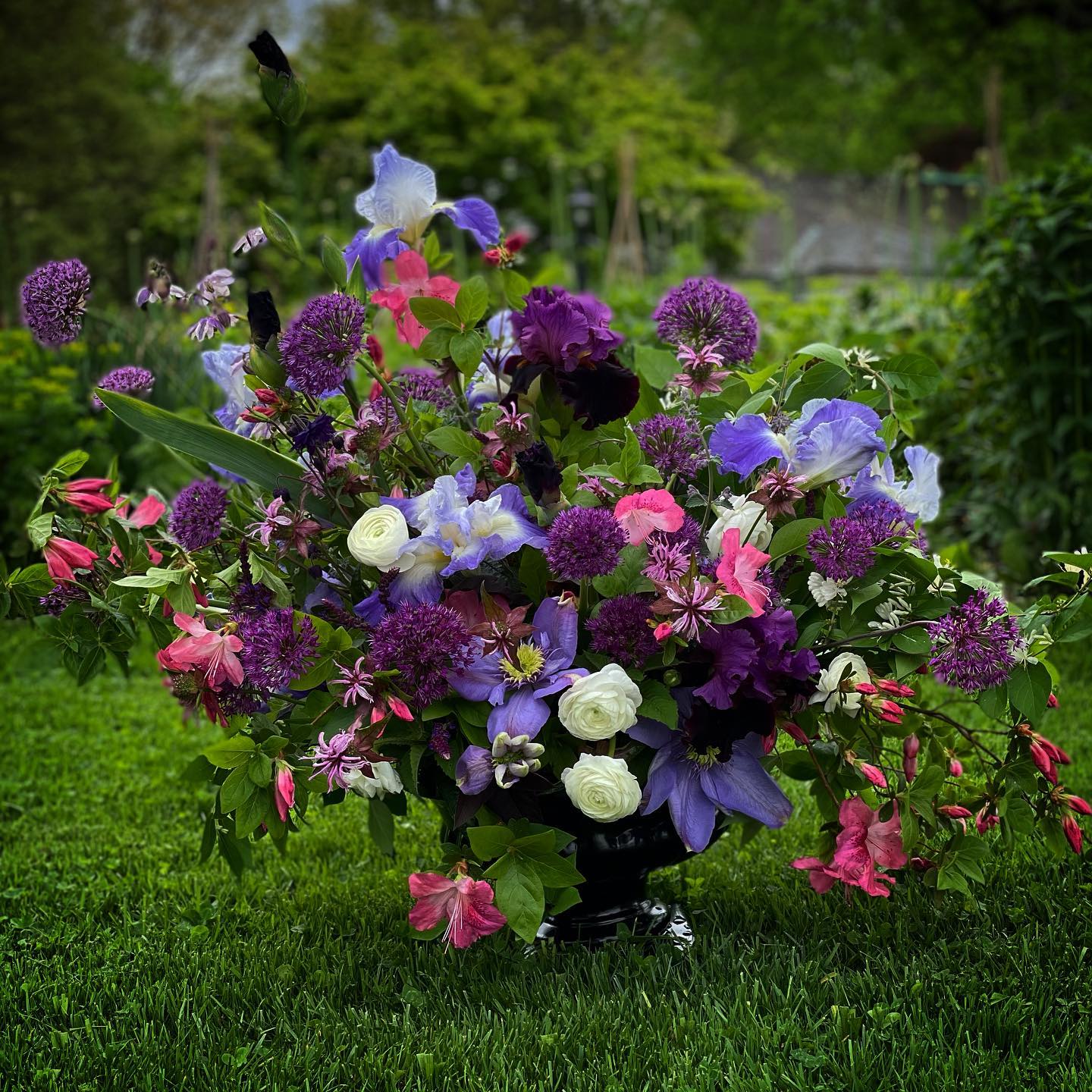
In Western traditions, particularly during the Victorian era, the meaning of the azalea flower extended to temperance and moderation. The flower was held as a gentle reminder to take life in balance, which made it a thoughtful gift for loved ones and a popular choice in wedding bouquets and décor. Yet, superstition surrounds the flower as well; in certain quarters, for example, to receive a bouquet of azaleas in a black vase is ominously regarded as a ‘death threat' owing to the plant’s toxicity. Despite these darker associations, it is still a lovable flower.
Even More Azalea Flower Cultural Nuances
In China, where azaleas are known as the ‘thinking home bush,’ they express homesickness. Gifting them implies longing for home and family. As such, the legendary ‘Yingshanhong’—referring to red azalea flowers blooming across mountain ridges—became an iconic symbol in Chinese culture, particularly during the 1970s when a popular song from the film ‘Sparkling Red Star’ celebrated these crimson flowers as symbols of homecoming and reunion. This cultural phenomenon raised the azalea flower's meaning to new heights of patriotic and familial significance.

In Japan, azaleas are celebrated in Tsutsuji Matsuri festivals, where they embody wabi-sabi—beauty in impermanence. Zen gardens often use them for meditation on life’s fleeting nature. Furthermore, presenting someone with these flowers symbolizes the gift of happiness itself. This tradition reflects the Japanese cultural emphasis on finding joy in simple, natural beauty and the belief that flowers can transfer positive energy between souls.
In Korea, where they are called Jindallae or Korean rosebay, azaleas symbolize the nation’s resilience. Legends tell of azaleas blooming where warriors fell. Nepal likewise elevated the azalea flower (Rhododendron arboreum, also called Lali gurans in the country) to national status, designating it as the country's national flower and incorporating it into ancient medical texts. In Nepalese culture, the meaning of azalea flowers therefore covers themes of national identity, natural resilience, and the ability to thrive in challenging mountainous environments. These qualities reflect the nation's character and aspirations.
Victorian England’s fascination with the language of flowers gave the azalea meanings of temperance, fragile passion, restraint, and abundance. To send someone azaleas was to offer a message of care, urging moderation and self-compassion. As a symbol of temperance, advocates wore them to support alcohol prohibition.
Azalea Flower Colors and Their Meanings
The azalea flower's meaning is further enriched by its dazzling palette. Each color carries a symbolic weight, allowing the flower to convey a spectrum of emotions and messages. Pink azaleas, for instance, represent gentleness, grace, and admiration. They are perfect for expressing heartfelt appreciation or gentle affection. White azaleas, on the other hand, are a representation of purity, innocence, and new beginnings, often used in weddings and celebrations of fresh starts.
Red azaleas carry the meaning of passion, love, and energy. They are a bold choice for declarations of strong emotion or romantic intent. Still, yet, they carry the ominous death threat among other individuals. Purple azaleas are representative of royalty, luxury, and creativity, and are ideal for conveying admiration or celebrating unique achievements, while yellow azaleas are all about friendship, happiness, and good fortune; a cheerful addition to any bouquet or arrangement.
Azalea in Story, Spirit, Mythology, and Legend
The azalea flower’s spiritual meaning is rooted in myth and legend. In Chinese folklore, the azalea is knitted into tales of longing and homecoming. Known in China (as previously indicated) as the ‘thinking of home bush’ (杜鹃花 - Dùjuānhuā), the azalea flower appears in the poetry of Tu Fu and the stories of Pai Hsien Yung, symbolizing the bittersweet pull of homesickness and nostalgia, and the longing for home, familial bonds, and love.
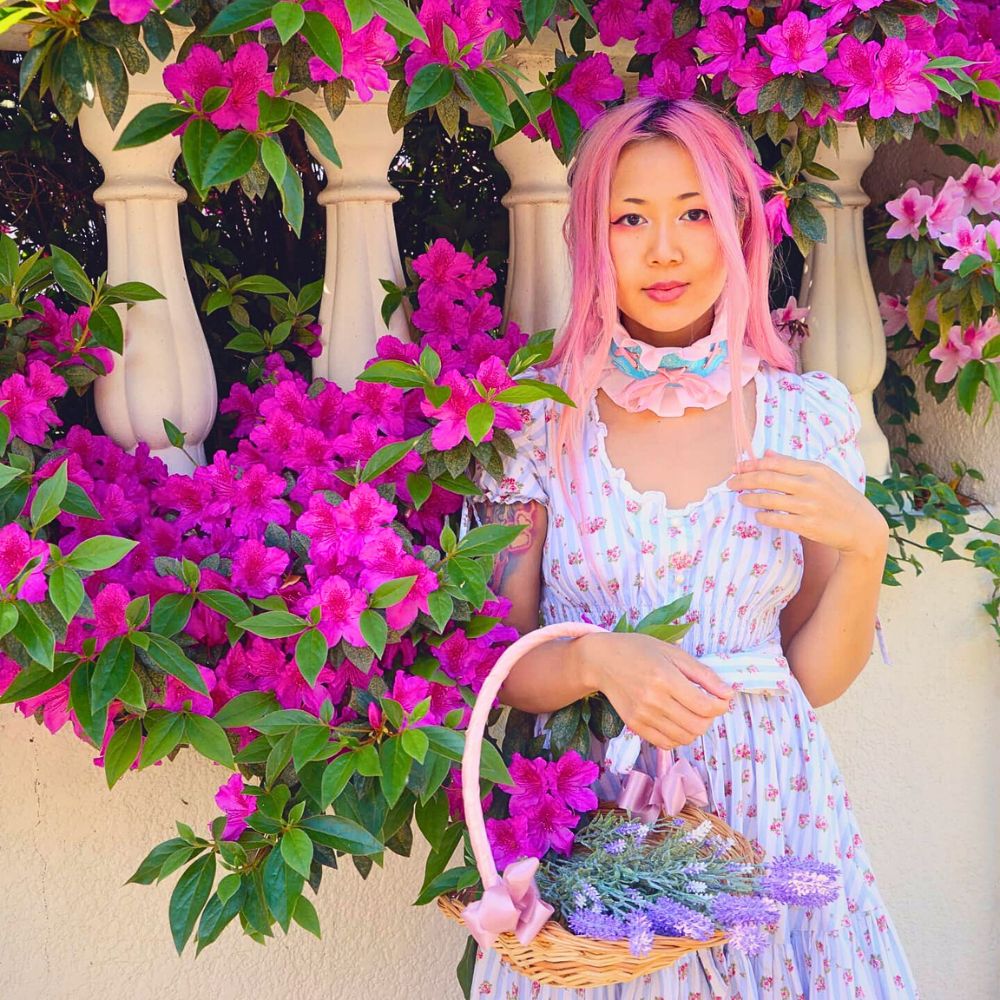
Still, yet another folktale reveals why red azaleas pulse with such intensity. A selfish king, betrayed by an assassin, transformed into a cuckoo. As the bird sang mournfully, blood dripped from its beak onto white azalea flowers, staining them crimson. Red azaleas are, as a result, said to flower where cuckoos cry—quite a haunting azalea flower spiritual meaning tale!
Cultivating and Caring for Azalea Flowers
Azalea flower cultivation is one of those pastimes much-loved by gardeners and general flower enthusiasts worldwide. Growing and caring for these flowering shrubs requires an understanding of their unique needs and preferences. For starters, when it comes to their propagation, most azaleas can be propagated by cuttings, though seeds can also be collected and germinated by patient growers. Azaleas thrive in well-drained, acidic soil (pH 4.5–6.0). Their name, derived from the Greek ‘Azaleion’ meaning ‘dry,' hints at their preference for soils that never become waterlogged. This is because, while azaleas enjoy moist soil, they are sensitive to overwatering. Consistent moisture without sogginess is crucial.
These shrubs also prefer dappled shade, often flourishing underneath trees where sunlight is filtered and gentle. They require minimal fertilization; thus, one should use a slow-release, acid-forming fertilizer in early spring if necessary. When they mature, light pruning after flowering encourages bushier growth and more prolific blooms.
Moreover, for those wondering how to care for azalea flowers, there are a few guidelines to have in mind. One should ensure that the azaleas are planted in a spot with good air circulation to prevent fungal diseases. Mulch around the base of the shrub to retain moisture and regulate soil temperature. The shrub should also be protected from harsh afternoon sun, especially in hotter climates. Also, remove spent blooms to encourage further flowering and maintain a tidy appearance.
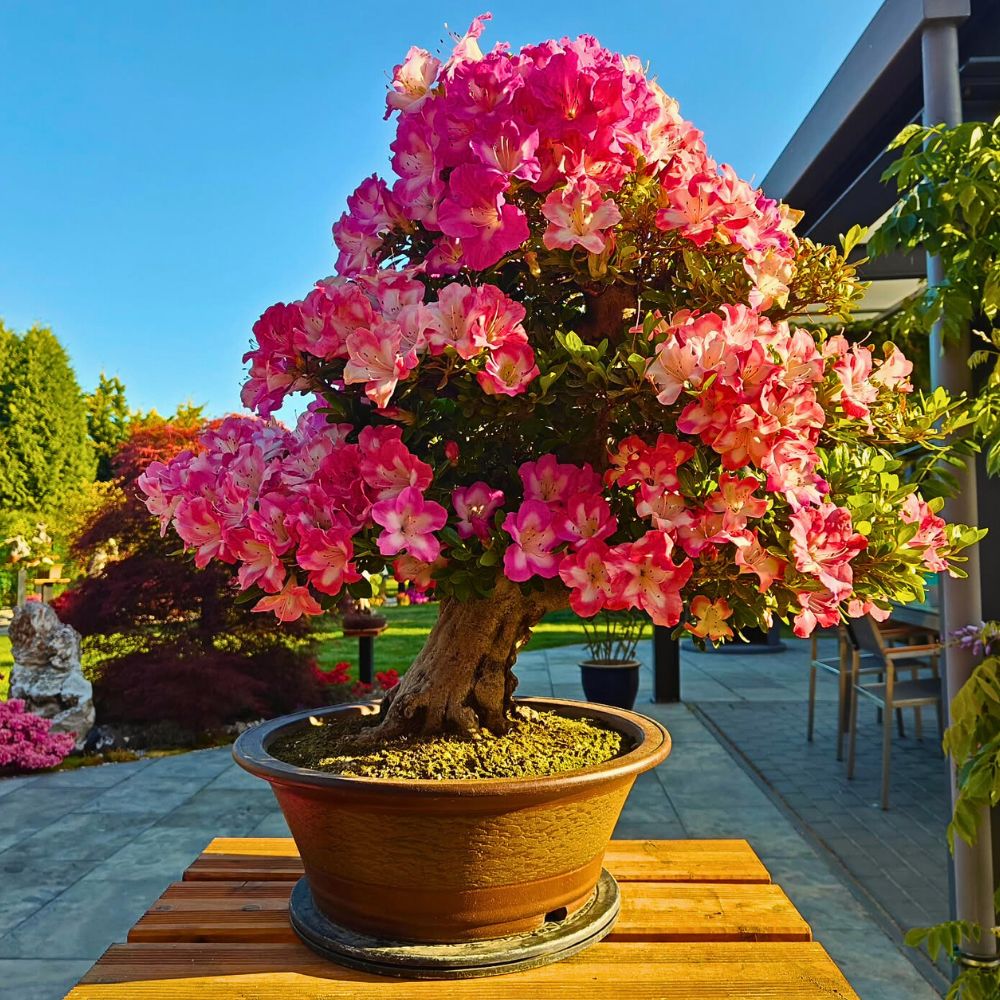
Incorporating Azalea Flowers in Décor and Design
The decorative potential of the azalea is limitless. In floral design, they add a lush, romantic touch to bouquets, centerpieces, and wreaths. Their exciting mix of colors and varied forms often makes them a favorite for celebrations, festivities, and even minimalist arrangements.
At home, potted azaleas bring color to patios, balconies, and interiors. Whether grown as a bonsai or the standard way in a pot, their elegant blooms can make entryways, living rooms, or garden paths scenes of lively florals. In Japan, a country known for its love for nature, azaleas are also often featured in traditional gardens, their blossoms mirrored in tranquil ponds, amplifying their role in aesthetic harmony. Azalea flowers also purify the air and bring dynamism. One could position them on the east-facing windows for sunrise meditation as per Buddhist tradition, at entryways to welcome abundance according to the feng shui practice, and at workspaces where purple azaleas, in particular, stimulate creativity. However, care should be taken when incorporating the azalea into the home or design.
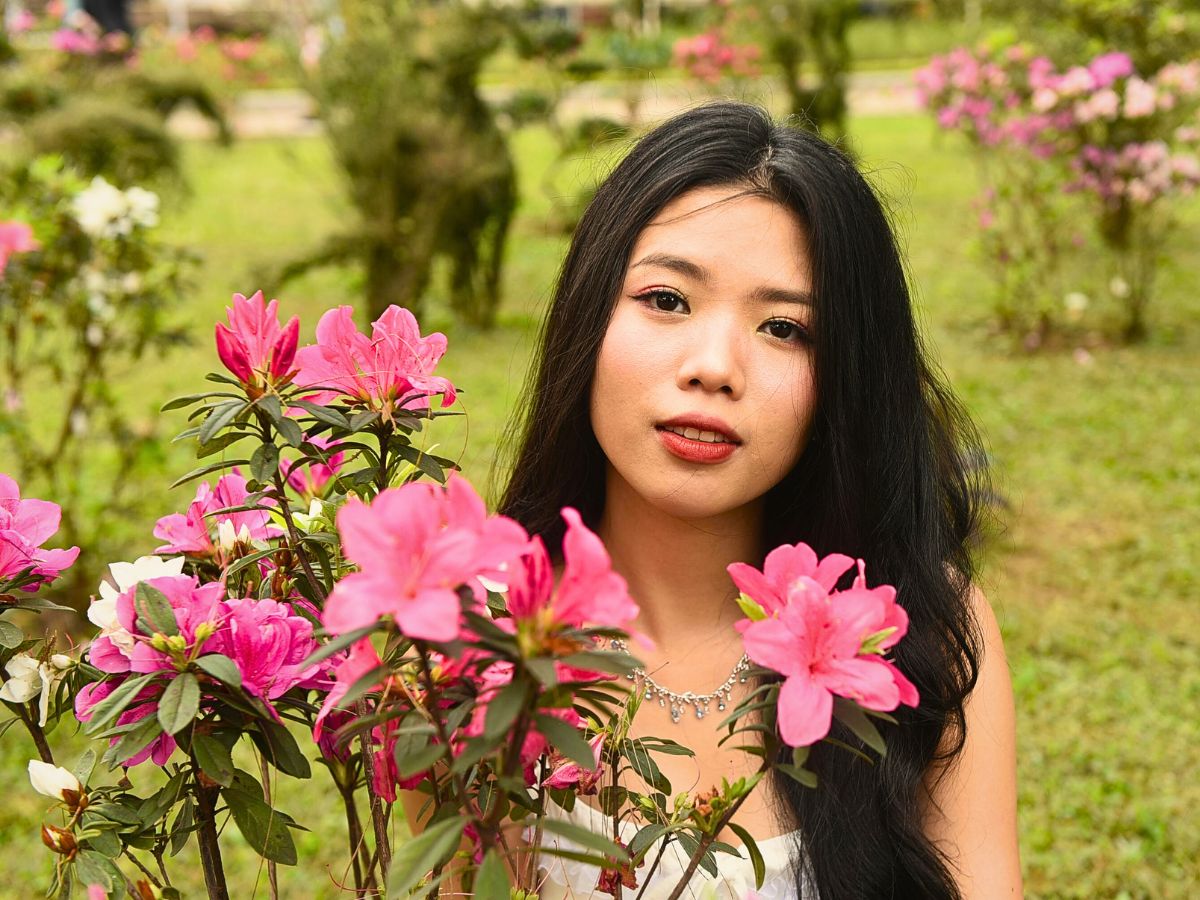
Practically all parts of the plant contain grayanotoxins, which can upset cellular sodium channels. This is one of the reasons why honey made from azalea nectar (‘mad honey’ or deli bal) was historically weaponized in Turkey, as well as for its hallucinogenic properties. The neurotoxicity aspect is, essentially, quite a dark footnote in the azalea flower’s meaning. Even so, many still use it as a recreational drug and traditional medicine.
Feature image by @thinnthantthantkyaw, header image by @sequoia_floral_international

